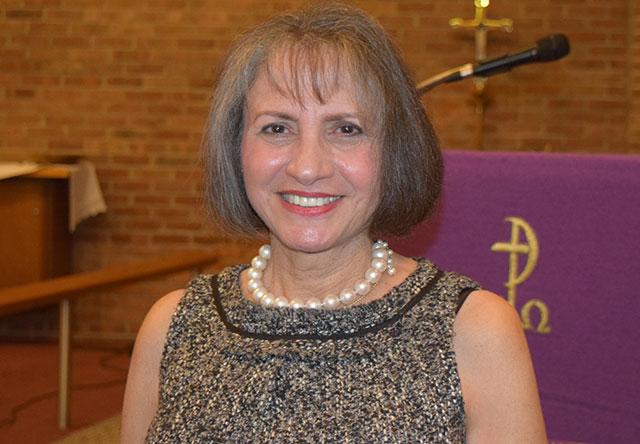Look No Further for HIFF Award Winners
Look No Further for HIFF Award Winners
The Hamptons International Film Festival announced Monday morning the winning films in its competition categories, among other prizes."All Good" by Eva Trobisch won the best narrative feature award. Alexis Bloom's "Divide and Conquer: The Story of Roger Ailes" won for best documentary. Both examined themes and stories related to the #MeToo movement. Geralyn Dreyfous, Ebon Moss-Bachrach, and Linus Sandgren were the jurors for the narrative feature award, which comes with a $3,000 cash prize and goods and services valued at $100,000. Rory Kennedy, Jamie Patricof, and Alissa Wilkinson made up the documentary feature jury. That prize is also $3,000, with goods and services valued at $30,000."Fence," directed by Lendita Zeqiraj, won for best narrative short film, and "Guaxuma," directed by Nara Normande, took best documentary short. Each received a $500 cash prize and will now qualify for Academy Award consideration.Other awards included a special jury prize for Eva Melander and Eero Milonoff, the actors in "Border," which has been selected as Sweden's entry for best foreign film at the Academy Awards.Isold Uggadottir's "And Breathe Normally" won the 2018 Brizzolara Family Foundation Award for a Film of Conflict and Resolution, accompanied by a $5,000 cash prize.The $3,000 Vimeo Staff Pick award went to "Cross My Heart," a short by Sontenish Myers.Suffolk County awarded its $3,000 Next Exposure Grant to "Only the Wind Is Listening," a narrative short directed by Emily Anderson and filmed in Montauk."The Cat Rescuers," directed by Rob Fruchtman and Steven Lawrence, won the $2,500 Zelda Penzel Giving Voice to the Voiceless Award, which recognizes films that address contemporary social issues, such as ethical treatment of animals and environmental protection.The Victor Rabinowitz and Joanne Grant Award for Social Justice went to "The Silence of Others," directed by Almudena Carracedo and Robert Bahar. The $1,500 prize goes to films that demonstrate "the values of peace, equality, global justice, and civil liberties." It is named after a prominent civil rights lawyer and his wife, an author, filmmaker, and journalist. Anne Chaisson, the executive director of HIFF, presented Terry Lawler, the outgoing executive director of New York Women in Film and Television, with the first Industry Advocate for Women Award.The audience award will be announced tomorrow, after the screened movie ballots are counted. Previously announced award winners included Alan Alda, who won the Dick Cavett Artistic Champion Award, and the three breakthrough artists, Kayli Carter, Cory Michael Smith, and Amandla Stenberg.









